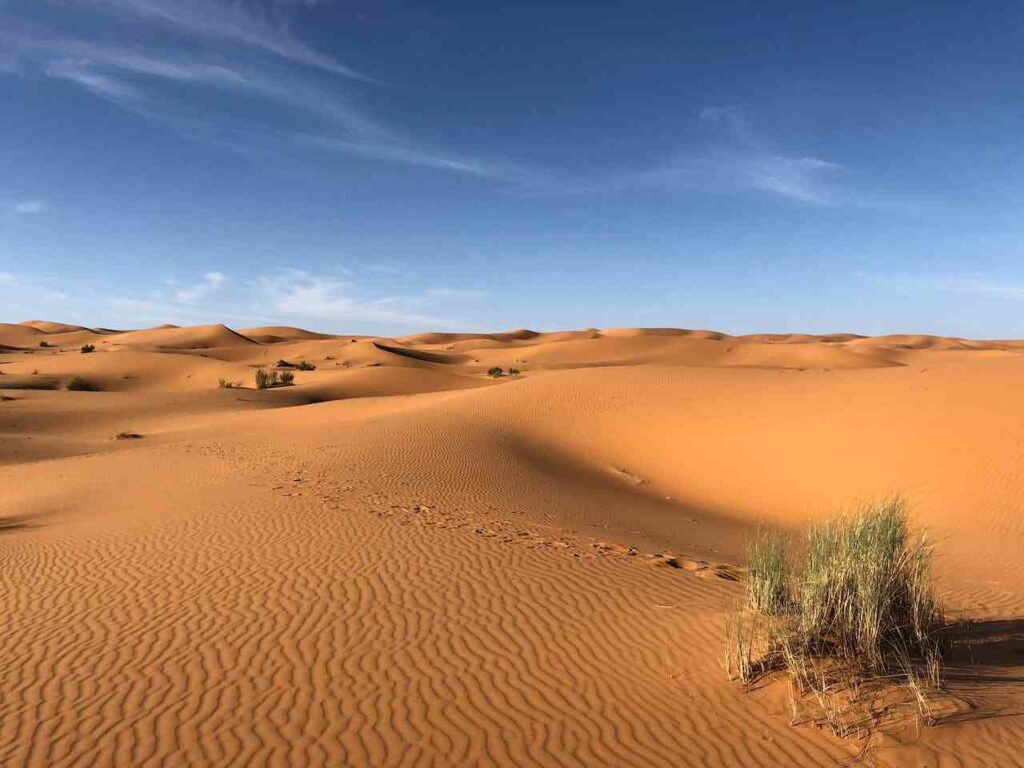Africa, the diverse and captivating continent, is known for its stunning landscapes and rich wildlife. Beyond its lush savannahs and dense rainforests, Africa is also home to some of the most remarkable deserts on the planet. From the vastness of the Sahara to the unique ecosystems of the Kalahari and Namib, each desert tells a story of resilience and beauty. In this article, we will explore six notable deserts in Africa, including their characteristics, interesting facts, and captivating tales.
Sahara Desert: The King of Deserts
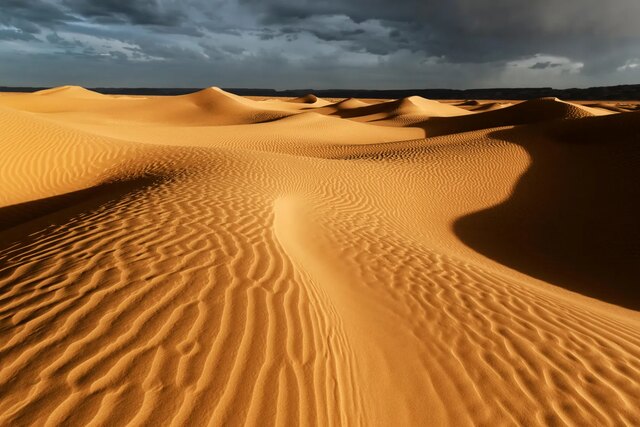
The Sahara Desert is undoubtedly the most renowned desert in Africa, spanning an impressive 9.2 million square kilometers across 11 countries. Its name, derived from the Arabic word “ṣaḥrāʾ” meaning “desert,” aptly describes its grandeur. The Sahara’s endless sand dunes, rocky plateaus, and occasional oasis create a landscape like no other.
Interesting Facts
- The Sahara is the largest hot desert in the world.
- It experiences extreme temperature variations, with scorching days and freezing nights.
- Nomadic tribes, such as the Tuareg and Bedouin people, have adapted to survive in this harsh environment.
- The Sahara is home to diverse geological formations, including the Tassili n’Ajjer rock art UNESCO World Heritage site.
Kalahari Desert: A Semi-Arid Wilderness
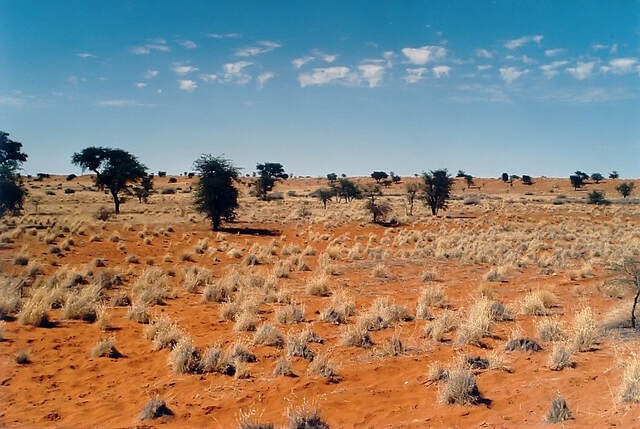
Spread across Botswana, Namibia, and South Africa, the Kalahari Desert covers an area of approximately 900,000 square kilometers. Unlike most deserts, the Kalahari receives slightly more rainfall, allowing it to support a wide range of plant and animal life.
Interesting Facts
- The Kalahari is known for its picturesque red sand dunes, grassy plains, and acacia woodlands.
- It is home to the San people, also known as Bushmen, who have inhabited the region for thousands of years.
- The Kalahari’s unique ecosystem supports a variety of wildlife, including the iconic Kalahari lions and meerkats.
- This desert offers stunning sunsets that paint the sky in vibrant hues.
Namib Desert: A Landscape of Contrast
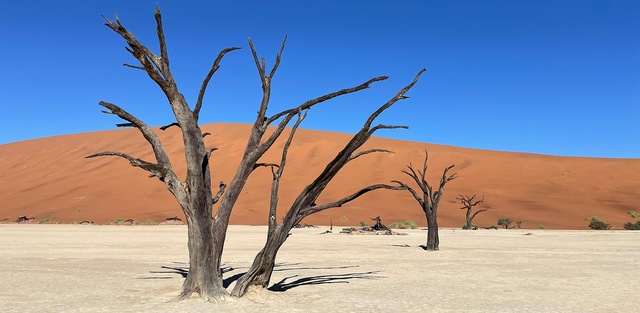
Namib Desert is Located along the southwestern coast of Africa, the Namib Desert stretches across Namibia, Angola, and South Africa. With an area of approximately 81,000 square kilometers, it is one of the oldest deserts on Earth. The Namib’s dramatic landscapes and towering sand dunes create a visual feast for visitors.
Interesting Facts
- The Namib Desert showcases a blend of vibrant orange dunes and stark white salt pans.
- It is home to unique desert-adapted species such as the Welwitschia plant and the iconic desert-adapted elephants.
- The Sossusvlei, with its breathtaking red sand dunes and white clay pans, attracts photographers and nature enthusiasts from around the world.
- The Namib Desert’s fog banks provide a vital source of moisture for many desert-dwelling creatures.
Libyan Desert (Eastern Sahara): A Lost World
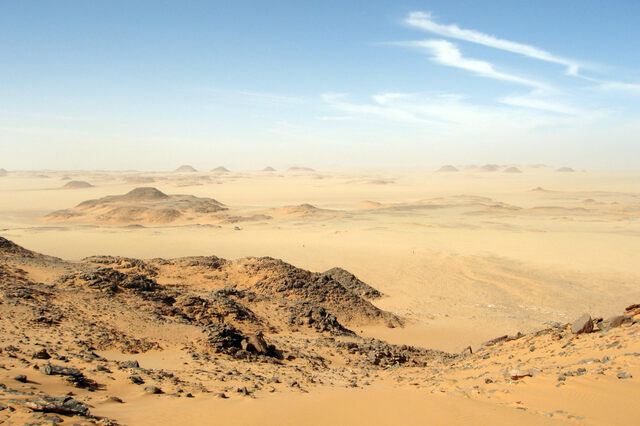
This Desert Situated in the eastern part of the Sahara Desert, the Libyan Desert spans across Libya, Egypt, and Sudan. This immense expanse of golden sands holds a wealth of archaeological treasures and captivating tales.
Interesting Facts
- The Libyan Desert features vast sand seas like the Great Sand Sea and the Gilf Kebir plateau.
- It is renowned for its ancient rock art sites, showcasing humanity’s early presence in this arid region.
- The desert holds remnants of lost civilizations, such as the Temple of Amun at Siwa Oasis and the abandoned city of Cyrene.
- Movies like “The English Patient” have captured the mesmerizing landscapes of the Libyan Desert, adding to its allure.
Karoo Desert: A Land of Contrasts

The Karoo Desert is a semi-desert region known for its stark beauty and contrasting landscapes. It covers an area of approximately 400,000 square kilometers and offers a unique desert experience.
Interesting Facts
- The Karoo Desert is characterized by its vast plains, rocky outcrops, and unusual rock formations.
- It is home to diverse plant species, including the distinctive Quiver Tree and the Karoo Spekboom.
- The region’s stargazing opportunities are exceptional due to low light pollution and clear night skies.
- The Karoo Desert holds traces of ancient fossils, providing insights into prehistoric life in the region.
Danakil Desert: A Volcanic Wonderland
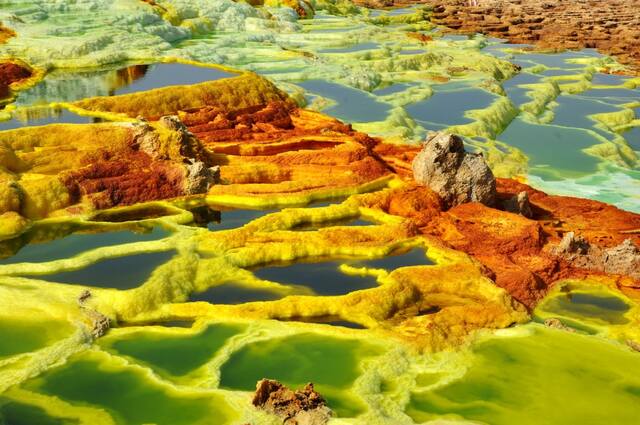
Danakil Desert located in Ethiopia, Eritrea, and Djibouti, the Danakil Desert is renowned for its otherworldly landscapes and extreme conditions. This desert is part of the East African Rift System and offers a glimpse into the geological forces shaping our planet.
Interesting Facts
- The Danakil Desert is one of Earth’s hottest places, with average temperatures exceeding 35°C (95°F).
- It features stunning salt flats, sulfur lakes, and active volcanoes, including the Erta Ale volcano.
- The region’s Afar people have developed unique methods to survive in this inhospitable environment.
- The Danakil Depression, located within the desert, is one of the lowest points on Earth.
Conclusion
Africa’s deserts are a testament to the continent’s remarkable diversity and natural wonders. From the grandeur of the Sahara to the unique ecosystems found in the Kalahari, Namib, Libyan, Karoo, and Danakil deserts, each holds its own captivating stories and breathtaking landscapes. Exploring these arid wonders allows us to connect with the raw power of nature and appreciate the resilience of life in challenging environments. Let Africa’s deserts inspire you to embark on an unforgettable journey through their timeless beauty.
Read Also:


